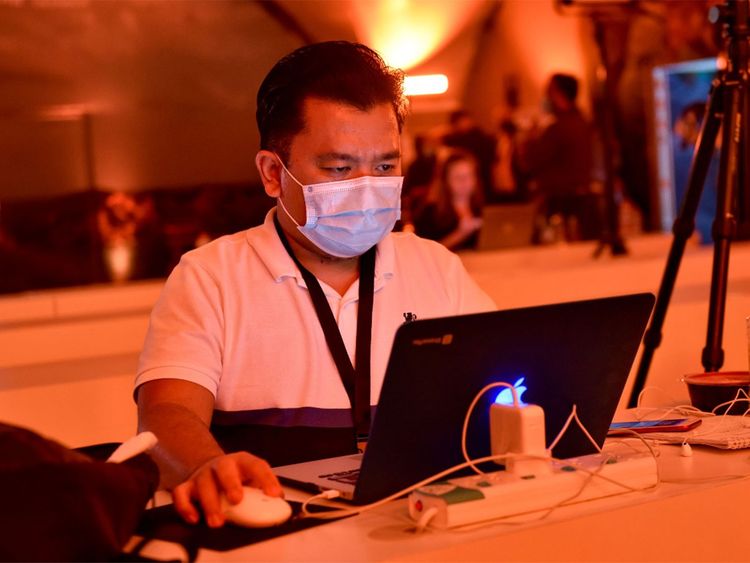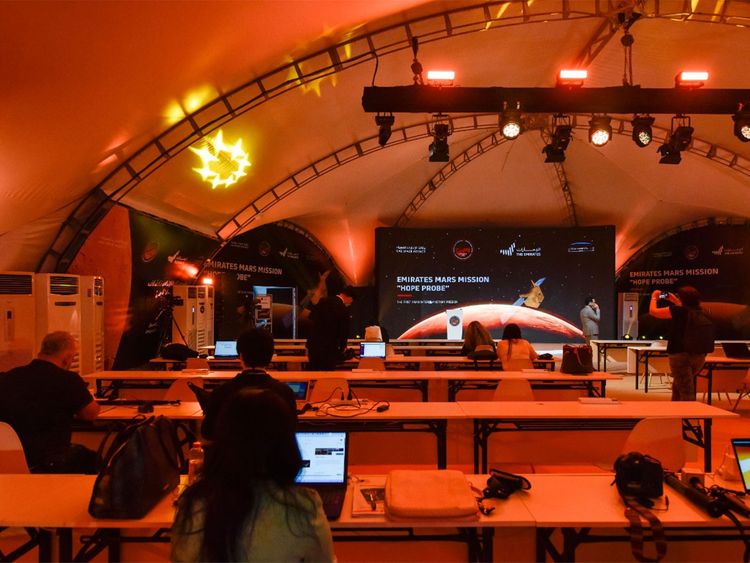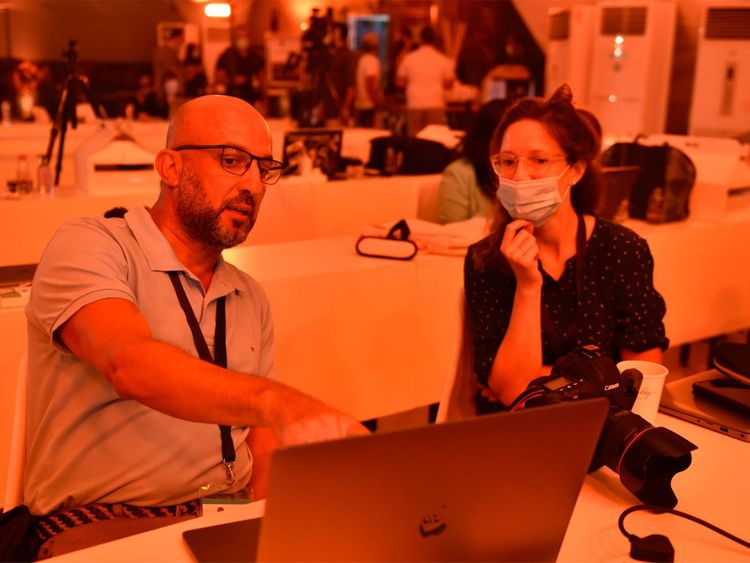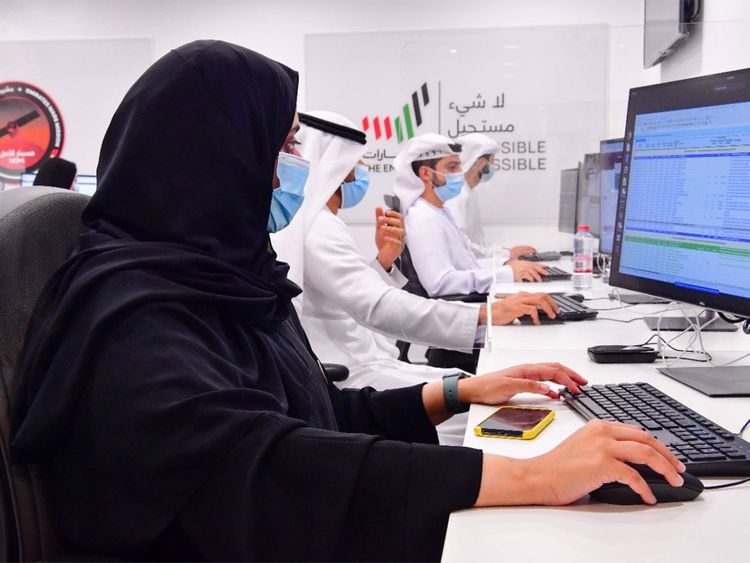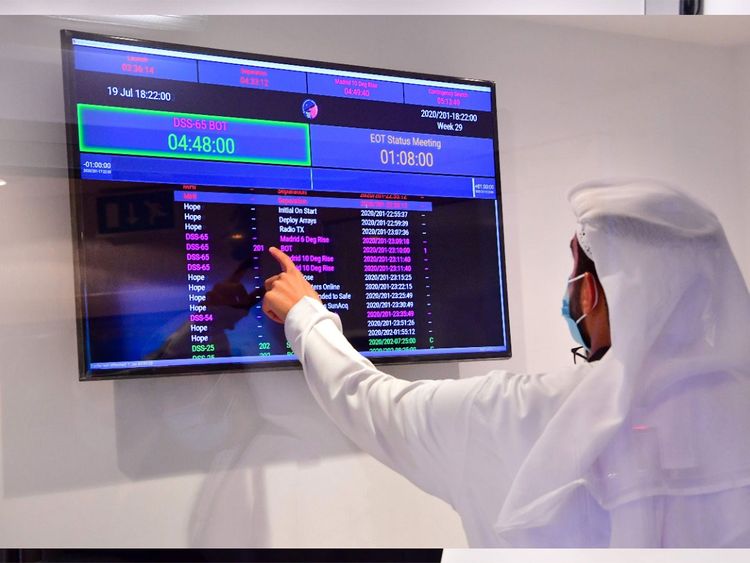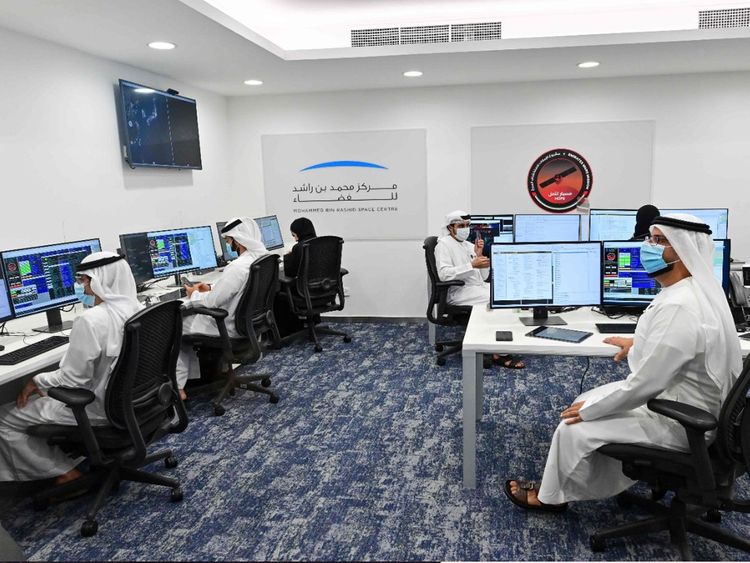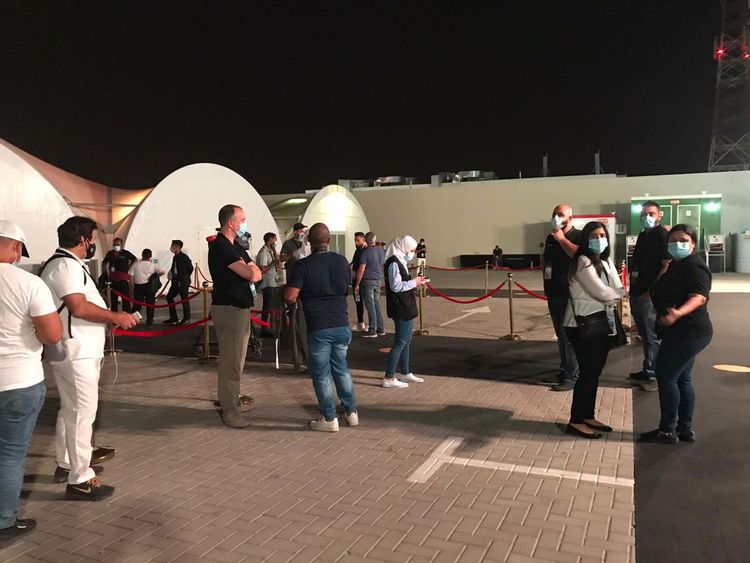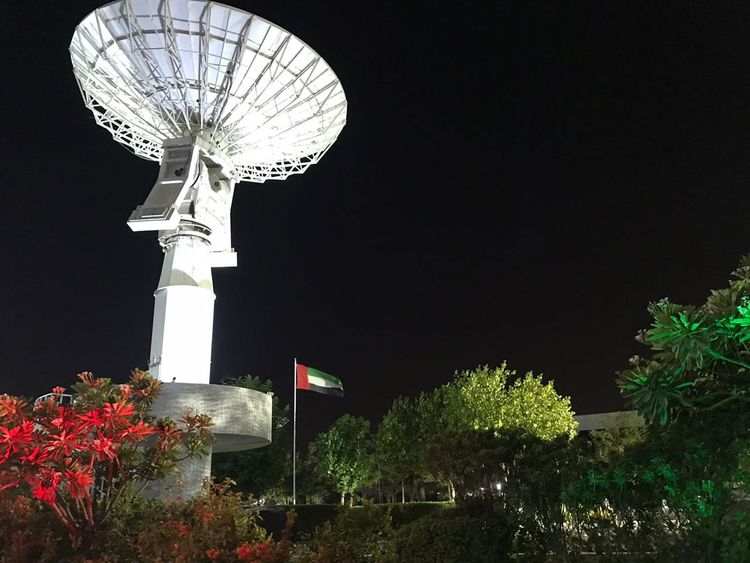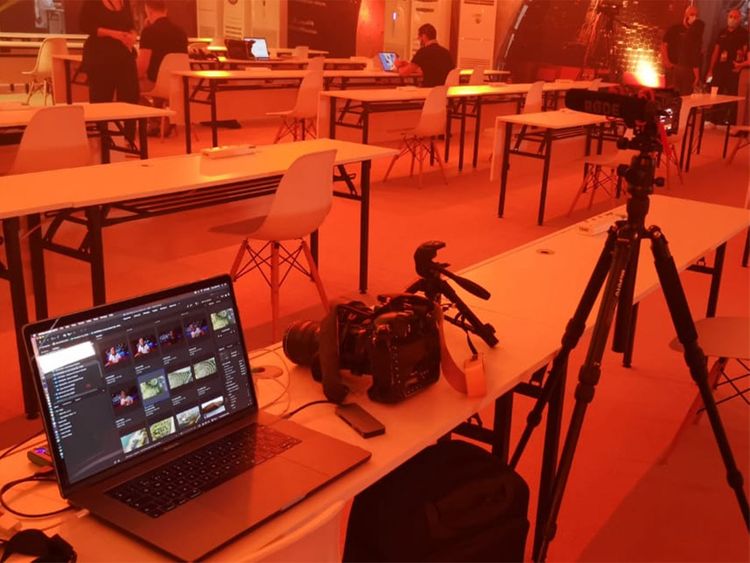Dubai: It’s all systems go. The UAE Hope Probe rocket launched as planned at 1.58am UAE time in perfect weather at the Japan launch site. Stunning video and images showed the historic blast-off as the journey to the Red Planet began. Check back here as we give you regular updates on the journey to Mars from Japan and the UAE control room in Dubai.
Video: What Hope Probe mission means to UAE
Communication established
Communication has been established with the Hope Probe on its journey to Mars.
A tweet from @HopeMarsMission reads: "Two-way communication established. The ground segment has received and communicated the first signals with the Hope Probe."
Nasa administrator Jim Bridenstine lauds UAE
Nasa administrator Jim Bridenstine tweets: Congrats to the team that worked on @HopeMarsMission. It’s truly amazing what @uaespaceagency & @MBRSpaceCentre have accomplished in such a short time. Hope is exactly what the world needs and thank you to the UAE & @mhi for inspiring all of us.
Relive the launch of the Hope Probe rocket
UAE’s historic mission to Mars takes off as planned

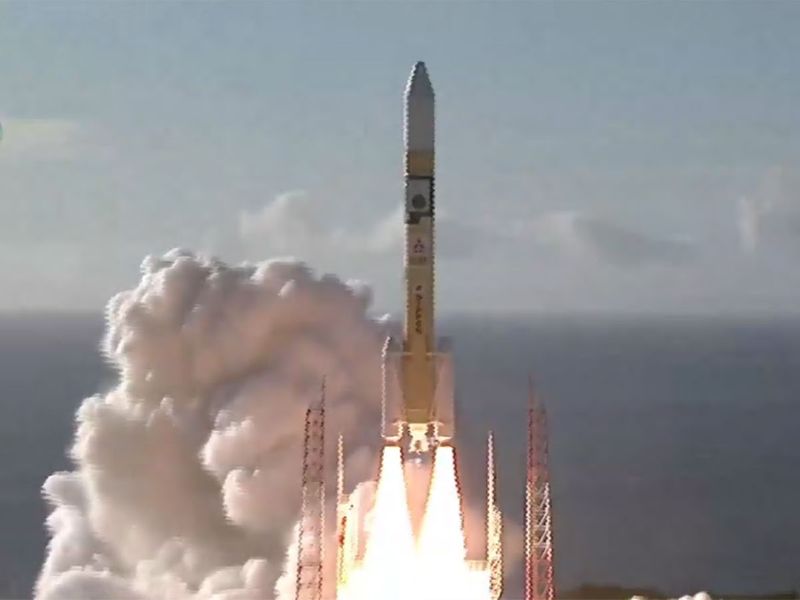
All clear for Hope Probe lift-off
Excitement is high as countdown begins

From the sands of Dubai to the Land of Rising Sun in Japan, we are just minutes away from witnessing the first Arab interplanetary space blast into sky and begin its historic journey to Mars.
It’s a bright sunny day at the launch site at Japan’s Tanegashima Space Centre. The sun rose at 4.40am (Japan time) and the UAE control team at Mohammed Bin Rashid Centre are conducting final systems check.
Excitement is high; anticipation is palpable and everyone is waiting with bated breath as final countdown for the launch of Hope Probe is about to begin.
Around 200 days from now, the spacecraft will reach Mars orbit and begin its mission to study the Red Planet’s atmosphere.
How exactly will the UAE and the entire world benefit from this mission, that has cost the country at least US$200 million (Dh735.6 million)?
Dr Abdullah Belhaif Al Nuaimi, Minister of Climate Change and Environment, explains to Gulf News: “Given that Mars and Earth are planetary siblings, the data we gather about the Red Planet help us better understand climate dynamics and expedite our action towards a climate-safe world.”
“We will also study the mechanisms that have driven oxygen and hydrogen out of Mars’s atmosphere, resulting in forming the lifeless, cold desert landscape for which the planet is known today. Scrutinizing the data will enable us to identify the best technology-based solutions that we can leverage to avoid the same fate. The findings will inform how we proceed to mitigate the impacts of climate change, sustain biodiversity, and preserve our precious natural resources.”
The future is bright for UAE youth
Siblings Mishal, 13, and Mir Faraz, 9, said the launch of Hope Probe has made their summer vacation memorable. Like many families across Dubai, the two are staying up late and having a viewing party at home.
“We are filled with excitement to witness another dream unfolding. We strongly feel that this launch could not have come at a more appropriate time. While the whole world is facing a pandemic and witnessing unprecedented losses, the launch of Mars Hope Probe gives the message that this trying time will soon come to an end and there is a bright future to look forward to,” the siblings told Gulf News.
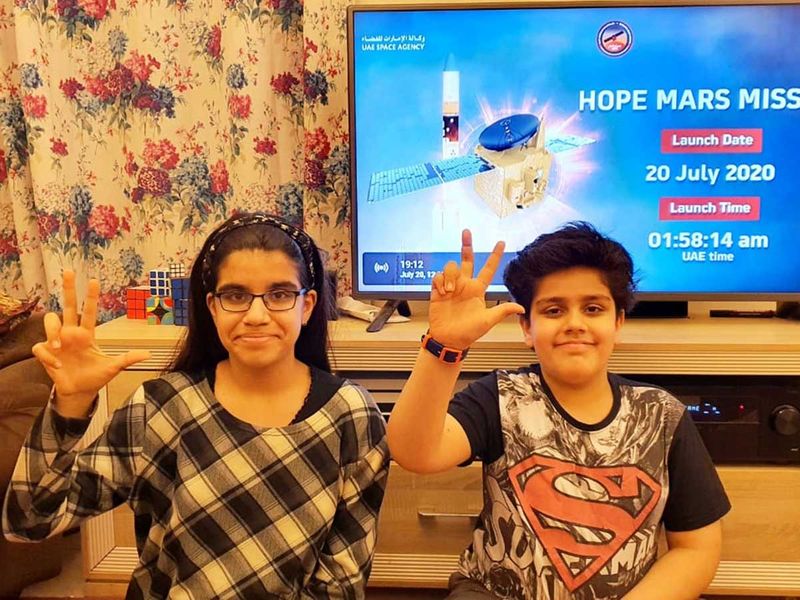
“We look at this event as a harbinger of positivity and optimism not just for the UAE but for the entire world,” they added.
More young Emiratis are also taking keen interest in science, technology, engineering and mathematics because of Hope Probe.
“Hope Probe is a symbol of hope and a beacon of inspiration for the Arab youth. First announced in 2014, Hope Probe proves that despite being a young nation, the UAE can achieve scientific breakthrough by prioritising an ambitious agenda in science, engineering and technology,” Young Emirati inventor Abdullah Al Hammadi earlier told Gulf News.
Dr Ahmad Belhoul Al Falasi, Chairman of the UAE Space Agency, talks to Gulf News
It’s like a three-way race to Mars this year and the UAE is headed to be the first country to reach Mars before US and China. Dr Ahmad Belhoul Al Falasi, Chairman of the UAE Space Agency, shares some insight with Gulf News.
Hope Probe, a journey into the annals of history
It’s zero dark thirty or 30 minutes past midnight - July 20 - the day when the UAE will go down in history as only the fifth country or entity in the world - after the United States, former Soviet Union, European Space Agency and India - that has successfully sent a spacecraft to Mars.
Why is UAE sending a spacecraft to Mars? To improve the quality of life on earth by pushing the limits to make new discoveries; to encourage global collaboration in Mars exploration; to demonstrate leadership in space research; to build Emirati capabilities in the field of interplanetary exploration; to build scientific knowledge; to inspire future Arab generations to pursue space science; to establish the UAE’s position as a beacon of progress in the region.
It’s zero dark thirty or 30 minutes past midnight - July 20 - the day when the UAE will go down in history as only the fifth country or entity in the world - after the United States, former Soviet Union, European Space Agency and India - that has successfully sent a spacecraft to Mars.
Why is UAE sending a spacecraft to Mars? To improve the quality of life on earth by pushing the limits to make new discoveries; to encourage global collaboration in Mars exploration; to demonstrate leadership in space research; to build Emirati capabilities in the field of interplanetary exploration; to build scientific knowledge; to inspire future Arab generations to pursue space science; to establish the UAE’s position as a beacon of progress in the region.
How Hope Probe will study Mars?
Hope Probe will orbit Mars and its study its atmosphere from distance between 20,000km to 43,000km.
No other previous Mars mission has studied the global atmosphere of Mars. Most orbit at a single local time that allowed the atmosphere to be measured at only one time of day but Hope Probe will do circle Mars for the entire Martian year, which is equivalent to almost two Earth years.
Emirati engineer Khalid Badri, Instrument Science Engineer at MBRSC, explains to Gulf News the three advanced scientific instruments are mounted on Hope Probe that will work simultaneously to observe Mars atmosphere.
1) Emirates Exploration Imager (EXI) is a multiband camera that will capture 12 mega-pixel resolution pictures of Mars and study the planet’s lower atmosphere. It will also measures the distribution of water ice and ozone in the lower atmosphere utilising the ultraviolet bands.
2) Emirates Mars Infrared Spectrometer (EMIRS) will observe Mars in the infrared band and measure the optical depth of dust, ice clouds and water vapour in the atmosphere. It will also measure the temperature of the surface and the lower atmosphere of Mars.
3) Emirates Mars Ultraviolet Spectrometer (EMUS) will study the upper atmosphere of Mars through the far-ultraviolet wavelengths. It will determine the distribution of carbon monoxide and oxygen in the thermosphere. EMUS will also measure the distribution of oxygen and hydrogen in the exosphere of Mars.
Media centre in Dubai gets busier and busier
Journalists are busy on their computers; photographers are videographers are working on their cameras. Many are posting updates on social media. Free WiFi is available, and, oh, there is free flowing coffee to keep them awake until the early hours of July 20.
We can see Mars well tonight
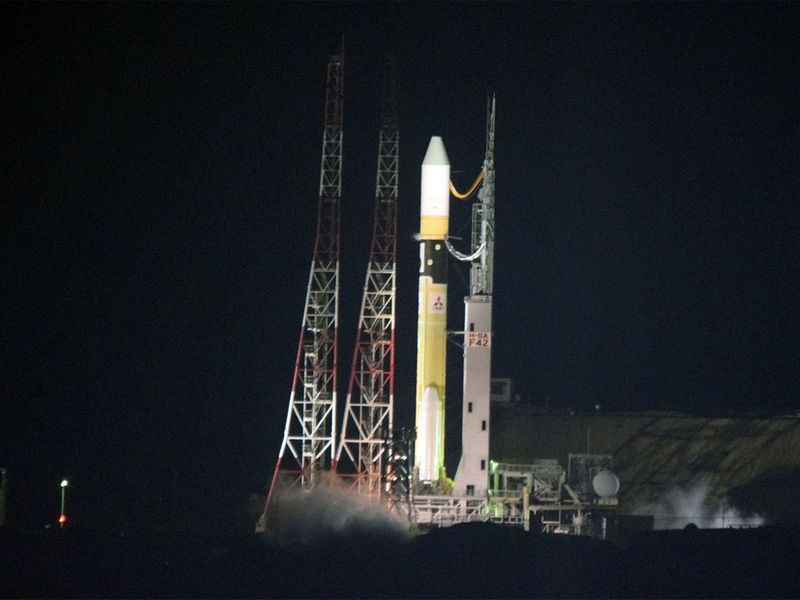
UAE time 11:35pm; Japan time 4.35am
Under the beautiful starry sky, the terminal countdown operation is proceeding smoothly as planned. Terminal countdown is the simulation of the final hours of a launch and serves as a practice exercise, where both the launch team and flight crew rehearse launch protocols.
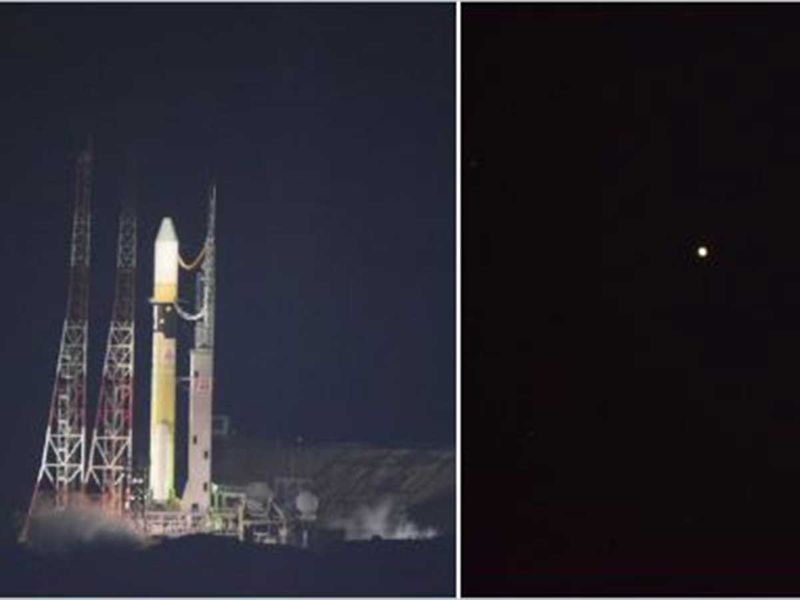
As a bonus, skies are clear and we can see Mars well tonight.
How Hope Probe will inspire the youth?
We are on schedule, says project manager of Emirates Mars Mission Hope Probe
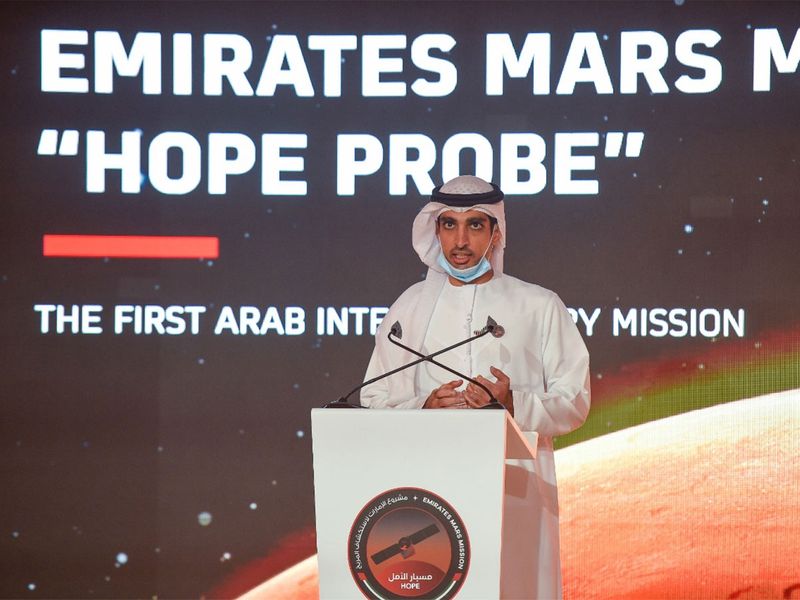
“We are on schedule”, Omran Sharaf, project manager of Emirates Mars Mission Hope Probe, said during a media briefing at Mohammed Bin Rashid Space Centre (MBRSC), three hours before the schedule lift-off at 1.58 am (UAE time).
Sharaf said the 8-man Emirati team at the launch site at Tanegashima Space Centre, Japan, is continuously checking the health of the spacecraft while the team at the MBRSC is ready to receive the first signal from Hope Probe once it goes into space and begins its 493-million km long journey to Mars.
Three hours from now, Hope Probe will take-off aboard a Mitsubishi H-IIA rocket heading towards the east, on a trajectory that takes it over the Pacific Ocean.
The two-stage rocket will blast-off from the launch pad at 1,100 kilonewtons of thrust. It will soar up at speed of up to 34,082km/hour. As the rocket accelerates away from the Earth, the rocket fairing (nose cone) will be jettisoned.
Then one hour after launch, the spacecraft (Hope Probe) will separate from the launcher, and around six to eight minutes after separation, Hope Probe will deploy its solar panels. These panels will be adjusted so they point towards the sun and start collecting power to charge the batteries.
Approximately 30 minutes after separation, Hope Probe will send its first signal from space to the operations room at MBRSC, via an antenna in Madrid, which is part of the Deep Space Network communications system.
MBRSC team will check the health of Hope Probe and ensure the solar panels are facing the sun properly.
The operations centre in Dubai will then be able to control Hope Probe remotely as it makes way to the Red Planet.
A cake to celebrate Hope Probe
A bakery is celebrating the launch of Hope Probe with cakes inspired by the first Arab interplanetary spacecraft. The cake was made in the shape and surface of the Red Planet and the bakery owner told Gulf News: "We are getting amazing response from buyers of this cake as everyone wants to celebrate the launch in a unique way."

Will Hope Probe return to Earth after its mission? UAE minister explains
Gearing up to cover the launch with social distancing in mind
Strict health and safety protocols against coranavirus (COVID-19) are being observed at the Media Centre of Mohammed Bin Rashid Space Centre (MBRSC) in Al Khawaneej, Dubai. Only accredited members of the Press are allowed access at MBRSC.
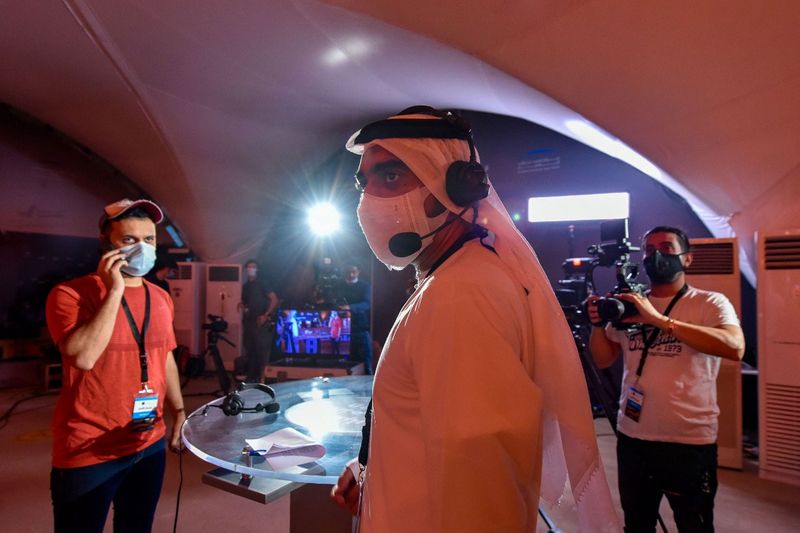
After checking that their names are on the list, media personnel are given a pocket hand sanitiser. Body temperature is checked and everyone is required to wear a mask. Physical distancing is also observed. Workstations are at least two metres apart.
Journalists are busy setting up their computers; photographers are videographers are checking their cameras. Many are posting updates on social media. Free WiFi is available, and, oh, there is free flowing coffee to keep us awake until the early hours of July 20.
Don't miss the historic launch moment of the UAE's Hope Probe to Mars live. Follow all updates on Gulf News website and social media.
Five hours away from lift-off
Five hours away from lift-off. The 53-metre long and 289-tonne H-IIA rocket that will launch Hope Probe to space has been tanked up with 300 tonnes of liquid hydrogen and oxygen.
This is launch vehicle No. 42 manufactured by Mitsubishi Heavy Industries (MHI). The H-IIA rocket can reach a launch speed of up to 34,082kph and MHI has posted a 97.6 per cent successful launch rate since 2001.
MHI confirmed that all programs for guidance and control system mounted on H-IIA have been checked and all devices for flight attitude control are working as expected.
It’s all systems go. Lift-off is scheduled at 1.58am (UAE time)
Video: All you need to know about UAE's Mars mission
Hope Probe, a brief history
The first Arab interplanetary spacecraft , designed to orbit the Red Planet and tasked to provide the first-ever complete picture of the Martian atmosphere, is launched from Japan’s Tanegashima Space Centre (TNSC) aboard Mitsubishi Heavy Industries’ H-IIA rocket. This is the third rearrangement of the launch after cancellations on July 15 and July 17 due to bad weather.
Hope Probe will travel 495 million km to space before reaching Mars in the first quarter of 2021, in time for the UAE’s celebration of its golden jubilee or unification in 1971. It will orbit Mars for an entire Martian year that lasts 669.6 sols (solar day) or equivalent to 687 Earth days or about two Earth years. It will have two years of science operations beginning May 2021, with a possibility of extending until 2025.
More about Hope Probe
- Hope is the UAE’s contribution to the progress of humanity
- What the UAE's Mars Hope Probe Mission means for the region, the world: Interview with Nasa space scientist Dr Farouk El Baz
- Watch: UAE Hope Probe Mission to Mars, all you need to know
- Hope Probe: A look at the UAE Mars Mission's launch site
- UAE residents full of Hope for Mars mission
- UAE's Mars mission: 'Hope' journey begins
- Watch: Dubai artist uses sand as his canvas to create Hope Probe Mars mission mural
- Abu Dhabi Police patrols decked out with ‘Hope Probe’ logo
- UAE leaders surprise Hope Probe Mars mission team with video call ahead of Monday morning’s launch
The orbiter, touted as the first true weather satellite at Mars, was built by a team of 200 Emirati engineers who collaborated with American engineers and scientists at three US universities. It will add a new dimension to the collective human knowledge. It also represents not just a major turning point in the UAE’s space programme and scientific development but also of the entire Arab world.
As the UAE leaders have said on the eve on the launch: “(Hope Probe) mission has succeeded in making people believe that nothing is impossible in the face of will and determination.” It is a “beacon of hope” for all the people in the region to revive a rich history of Arab and Islamic achievements in science.
The UAE’s mission to Mars also serves as a source of hope and inspiration to a world reeling from the effects of a global coronavirus pandemic. It will help develop future useable technology for our own planet and will boost the quality of life on Earth by pushing the limits of making new discoveries.
Hope Probe is expected to collect more than 1 Terabyte of new data, which will be shared with more than 200 academic and scientific institutions around the world for free. By studying the connection between current Martian weather and the ancient climate of the Red Planet, scientists will have deeper insights into the past and future of Earth as well as the potential for human settlement on Mars and other planetary objects.
The UAE is again shooting for the stars. Ten months ago, the nation has sent its first astronaut into space and with Hope Probe, it would become only the fifth country or entity in the world - after the United States, former Soviet Union, European Space Agency and India - that has successfully sent a spacecraft to Mars.



